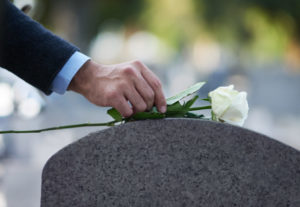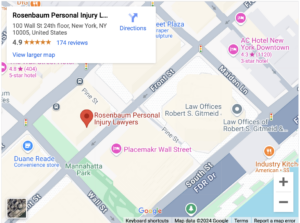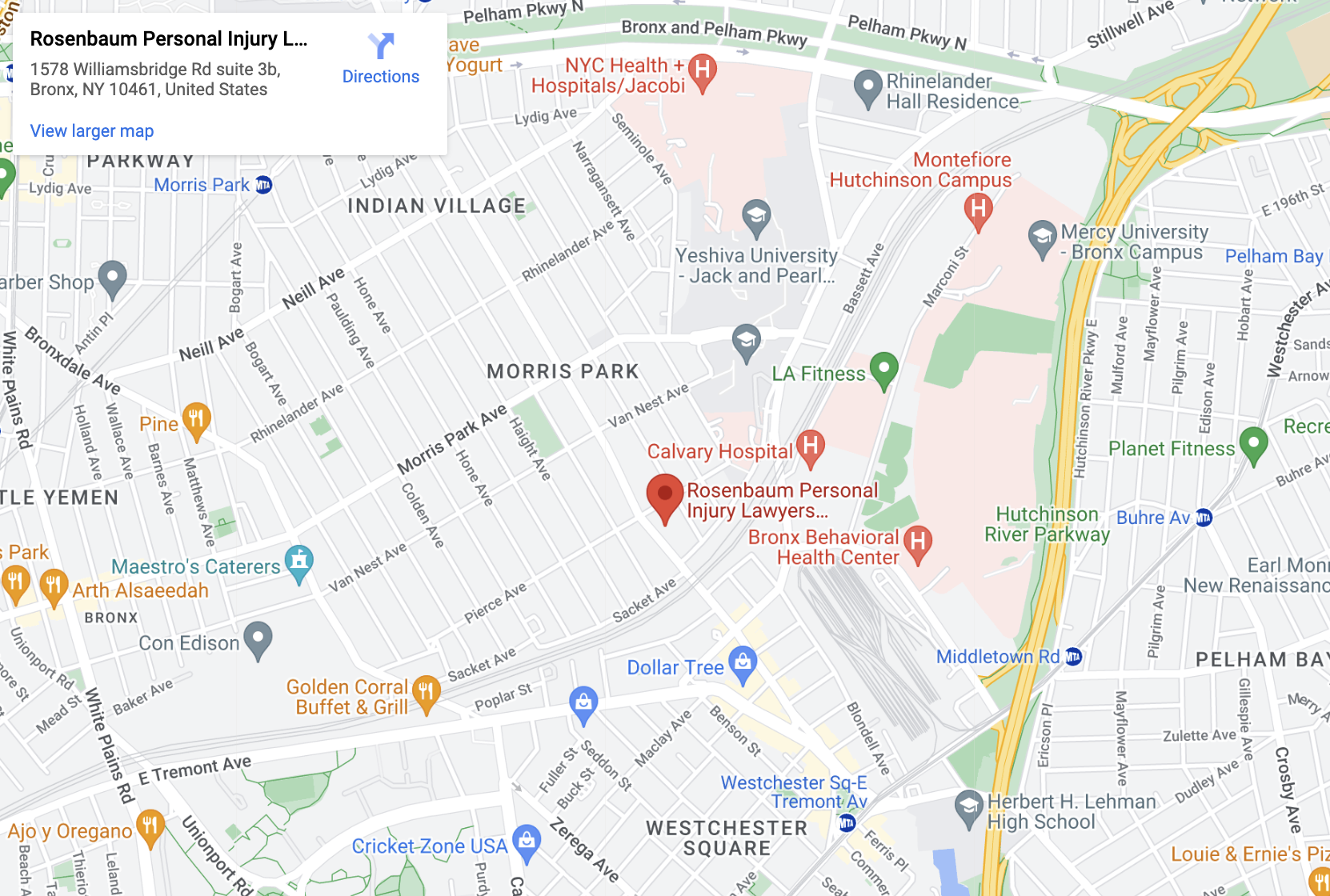What are Non-Economic Damages?

Have you suffered an injury due to another’s negligence? If you have, it’s critical to estimate your damages. This allows your personal injury lawyer to negotiate a reasonable settlement or litigate for a fair jury award. New York law has two kinds of damages – compensatory and punitive.
Compensatory damages are intended to make the injured person whole again. They reimburse the plaintiff for losses incurred from the accident.
Compensatory damages are further divided into:
- Economic, or special, damages. These compensate the plaintiff for expenses due to the injury, like medical bills and lost wages.
- Non-economic, or general, damages. These are compensation for non-monetary losses.
Punitive damages are designed to punish the defendant for their egregious conduct.
Table of Contents
Non-Economic Damages
Non-economic damages compensate the injured party for the suffering they endured due to the injury. They can’t be quantified like past medical expenses or past lost wages, where documentation of costs exists.
Non-economic damages in New York are often awarded for pain and suffering, disfigurement, and loss of consortium.
Pain and Suffering

An injury victim will undoubtedly incur medical bills after their injury. However, the injured person will also experience pain and suffering during treatment and recovery. Non-economic damages compensate for this pain and suffering. Most people can relate to pain and suffering from an injury, so juries understand this concept.
To prove their pain and suffering, the plaintiff may present the following evidence:
- Medical bills
- Photographs
- Pain relief prescriptions
- Testimony from friends and family.
However, the most persuasive evidence probably comes from the plaintiff’s testimony. This allows the jury to hear the first-hand account of the injured party’s pain and suffering.
There are other factors for the jury to consider:
- How severe is the pain? Some injuries can greatly torment the victim, like burns or serious back injuries.
- How long did the pain last? Was there discomfort for a short time or excruciating pain that the plaintiff will suffer for years or the rest of their lifetime?
- Is permanent disfigurement involved? Some injuries are permanent, like a scar on the cheek or loss of an eye. They can dramatically alter a person’s looks, how the victim feels about themselves, and how they deal with people on a daily basis. Disfigurement can lead to a lifetime of emotional distress.
- How much was incurred in medical expenses? Generally, the more medical expenses there are, the more pain and suffering damages are awarded.
Loss of Consortium and Related Losses

New York law defines consortium as the “marital partners’ interest in the continuance of the marital relationship as it existed at its inception.” Loss of consortium entitles a non-injured spouse to sue for damages when their spouse’s injuries significantly affect their marital relationship. These damages can include losses of sexual relations, companionship, society, and assistance.
For example, loss of companionship and society may occur when a non-injured spouse can’t enjoy the love and affection of the injured partner. Loss of assistance could happen when the injured spouse is unable to help with everyday chores like cleaning the house or taking the kids to soccer practice.
The claim for loss of consortium belongs to the non-injured spouse. In New York, parents of children may also file a claim for loss of companionship and society if their child is seriously injured. However, unmarried partners, regardless of how close their relationship is, have no remedy for the loss under state law.
Claims for loss of consortium are not always successful. If a jury finds that the marriage was unstable or that the spouses were separated for a long time, it may decide not to award damages.
Example
Let’s assume that John and Maria are married and have a son Kevin. John is a diesel mechanic and is always helping out friends and neighbors with small engine repairs. One day, John and Kevin are washing a car when a nearby neighbor, Marcelo, asks if John can troubleshoot his diesel generator.
John says sure, and he and Kevin go over to Marcelo’s house. Marcelo starts up the small generator. It makes a tremendous racket, and smoke pours out of it. John leans in to take a closer look while Kevin stands nearby. Suddenly, the generator explodes. It shoots flames in the air, and metal parts fly out.
The flames severely burn John on his face, and Kevin receives burns over most of his upper body. A piece of metal shoots into John’s groin. As a result, father and son spend months in the hospital recovering. John is left with a disfigured face from the burns and can no longer engage in sexual relations due to the injury to his groin. Kevin recovers well, but only months after excruciating pain.
It turns out Marcelo had negligently maintained the generator. John, Maria, and Kevin sue him and the generator’s manufacturer.
Assuming they prove liability, John and Kevin may recover damages for pain and suffering. Maria can sue for damages for loss of consortium with John and loss of companionship and society with her son Kevin.
Conclusion
Unlike some economic damages, non-economic damages can be challenging to prove. You need our experienced personal injury lawyers to convey your story and bring it to life for the jury, so they understand how much you suffered due to the defendant’s negligence.



